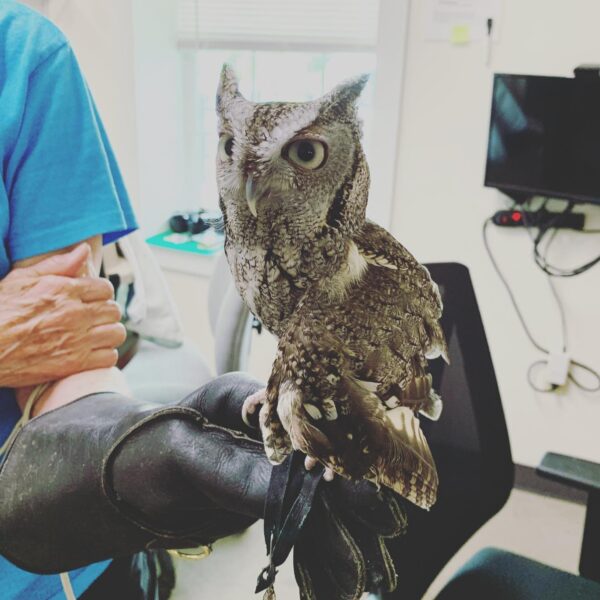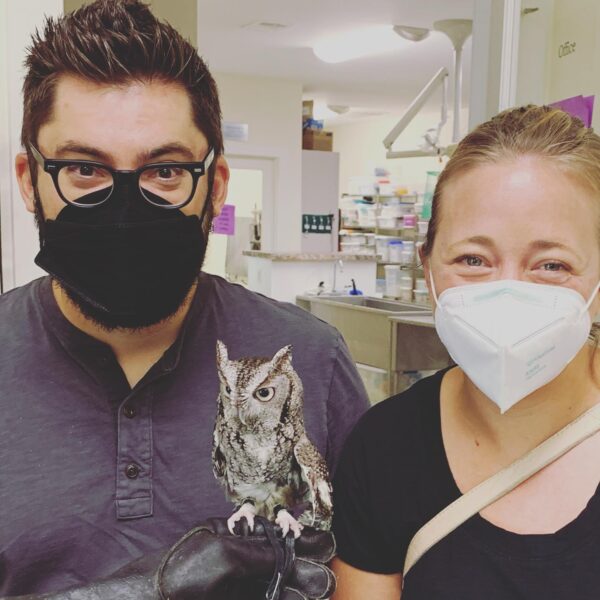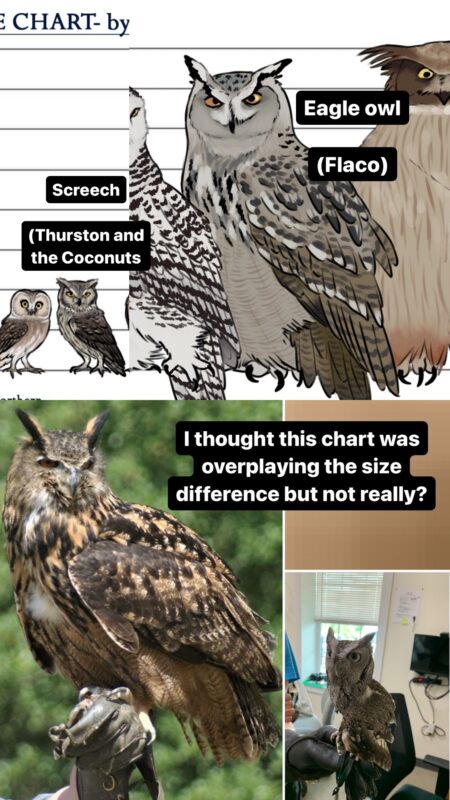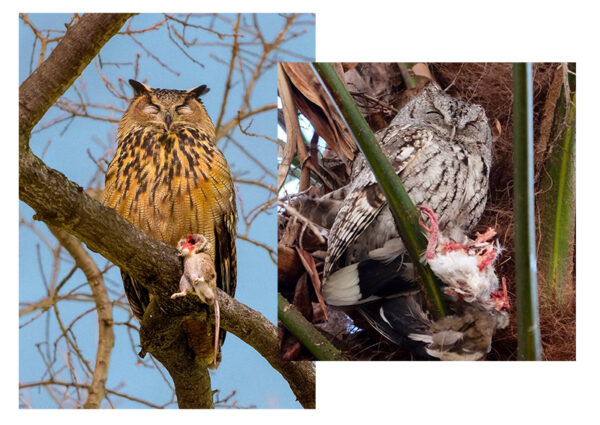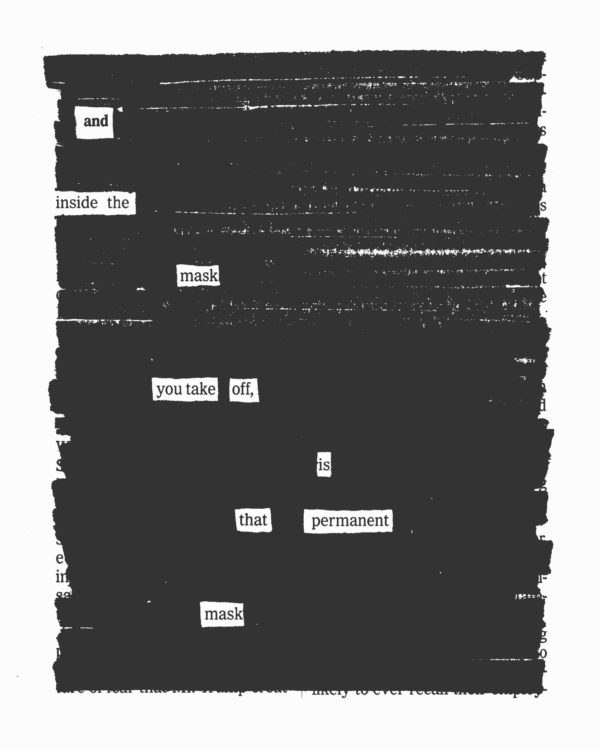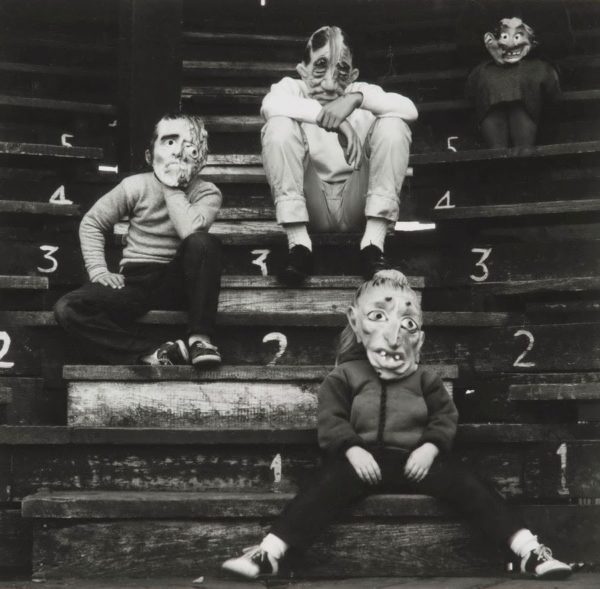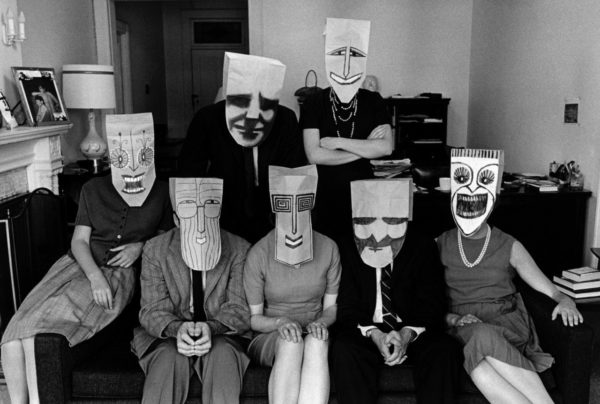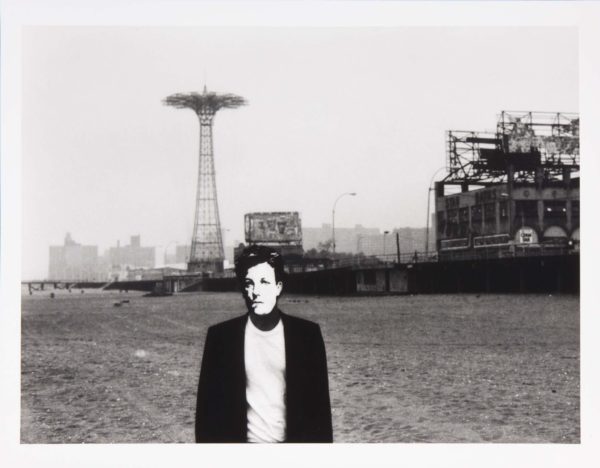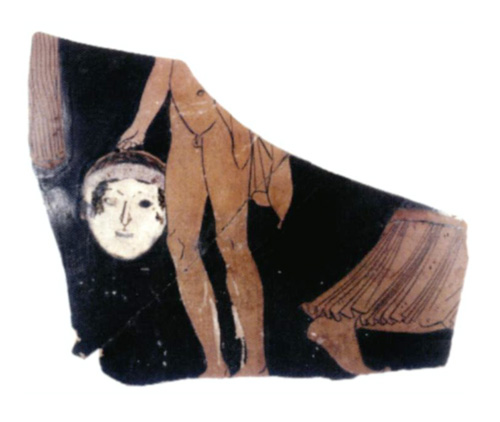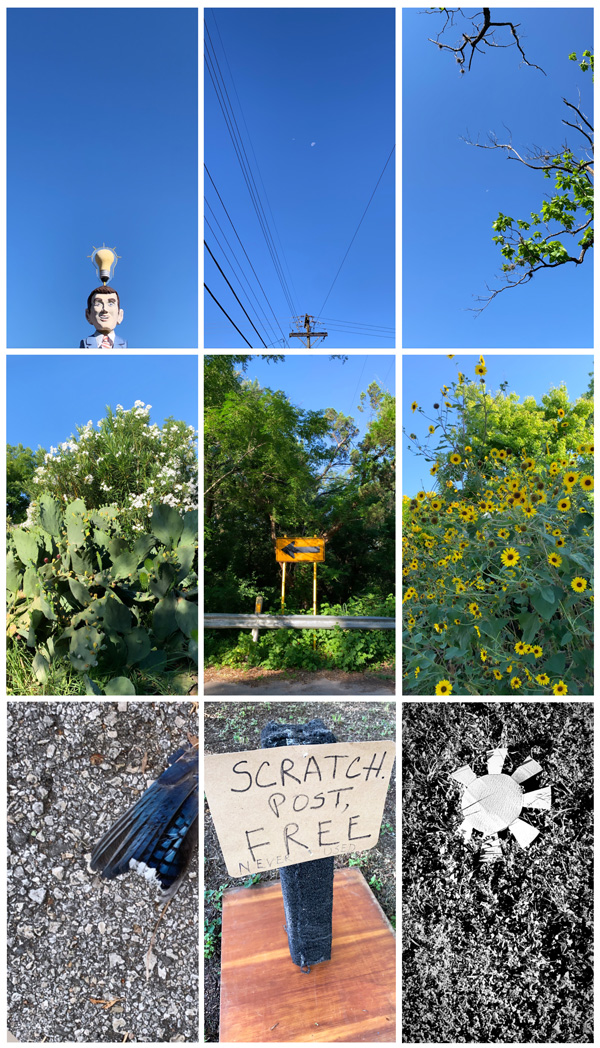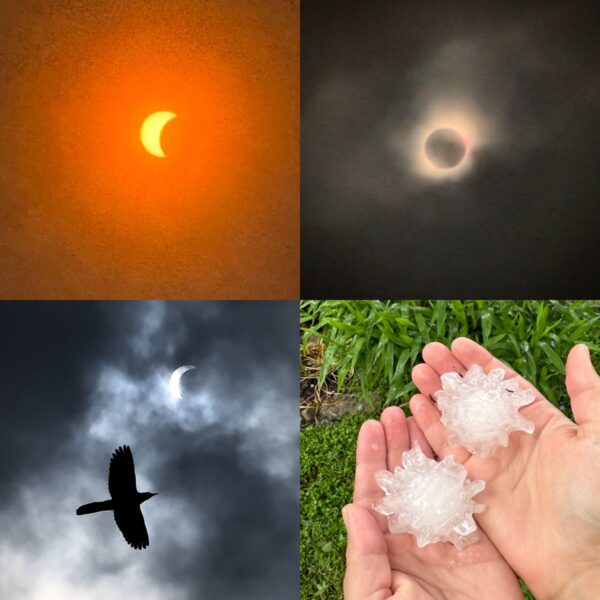
In Friday’s newsletter, I shared these images from my camera roll, which capture the dread and awe of last week, between the eclipse and the hailstorm and all the cosmic static and shenanigans in between.
I was somewhat cheered by reading other people’s accounts of the total eclipse, because my experience, on the whole, was a big letdown. I just didn’t feel like I was there. I was frantically trying to capture it instead of experiencing it. (I wish I’d seen this advice from Bill Nye beforehand.)
This was such a contrast to my experience with the annual eclipse last October, which was delightful.
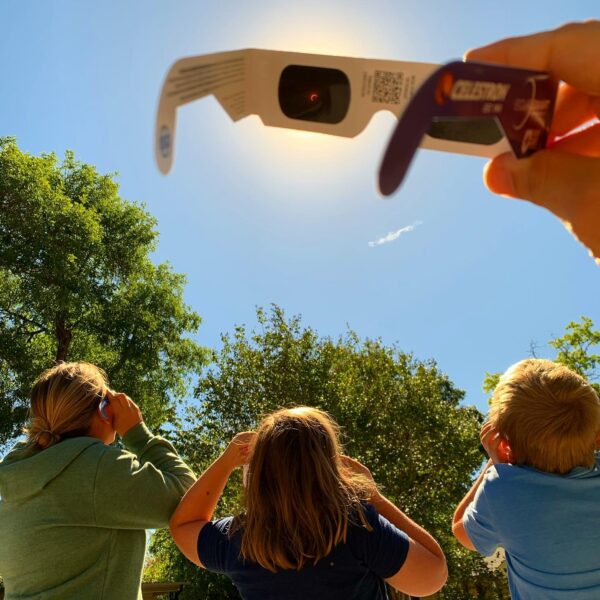
I think part of my experience had to do with something Marion Milner wrote about in her great 1934 book, A Life of One’s Own. Milner, after keeping a diary and trying to pinpoint what experiences truly make her feel alive, realizes that she seems to pay two kinds of attention: “narrow attention” and “wide attention.” She describes them in a chapter called “Two Ways of Looking”:
(1) Narrow attention. – This first way of perceiving seemed to be the automatic one, the kind of attention which my mind gave to everyday affairs when it was left to itself. The psychology books seemed to agree in this. They said that you attend automatically to whatever interests you, whatever seems likely to serve your personal desires; but I could not find anywhere mentioned what seemed to me the most important fact about it, that this kind of attention has a narrow focus, by this means it selects what serves its immediate interests and ignores the rest. As far as I could see it was a ‘questing beast’, keeping its nose close down to the trail, running this way and that upon the scent, but blind to the wider surroundings. It saw items according to whether they served its purposes, saw them as a means to its own ends, not interested in them at all for their own sake. This attitude was probably essential for practical life, so I supposed that from the biological point of view it had to be one which came naturally to the mind. But since it saw everything in relation to something else, as a means to some end, contentment was always in the future.
(2) Wide attention. – The second way of perceiving seemed to occur when the questing purposes were held in leash. Then, since one wanted nothing, there was no need to select one item to look at rather than another, so it became possible to look at the whole at once. To attend to something and yet want nothing from it, these seemed to be the essentials of the second way of perceiving. I thought that in the ordinary way when we want nothing from any object or situation we ignore it. Or if we are forced to attend to something which does not offer us any means of furthering our desires, then sheer habit makes us attend in the narrow focus way, looking at separate details and being bored. But if by chance we should have discovered the knack of holding wide our attention, then the magic thing happens.
Quite simply: I was paying a narrow attention to the eclipse, when it would’ve been more beneficial to pay a wide attention. I needed to keep my “questing beast” at bay!

I should mention that this is the way Iain McGilchrist writes about attention in his books The Master and His Emissary and The Matter With Things. McGilchrist’s big idea is that not that there are “left-brained” and “right-brained” people, but that the divided hemispheres of the brain pay different kinds of attention to the world. The left hemisphere pays a kind of laser-beamed, focused attention that is concerned with apprehending and manipulating the world. The right hemisphere pays a more holistic attention — it is concerned with understanding the whole, the “big picture.”
He often points out the way a bird has to eat and not be eaten. Here is how he describes it in his paper,“Can the divided brain tell us anything about the ultimate nature of reality?”
In order to stay alive, birds have to solve a conundrum. They have to be able to feed and watch out for predators at the same time. How are you to focus closely on what you are doing when you are trying to pick out that grain of seed from the grit on which it lies, while at the same time keeping the broadest possible, open attention to whatever may be, in order to avoid being eaten? It’s a bit like trying to pat your head and rub your tummy at the same time, only worse, because it’s impossible. What we know is that the division of the hemispheres makes the apparently impossible possible. Birds pay narrowly focussed attention on what they are eating with their right eye (left hemisphere), while keeping their left eye (right hemisphere) open for predators. At the same time birds and animals use their left eye (right hemisphere) in forming bonds with others of their kind. And this difference is preserved as we evolve. In fact it seems that the left hemisphere specialises in a sort of piecemeal attention that helps us make use of the world, but in doing so it alters our relationship with it. Equally the right hemisphere subserves a broad open attention which enables us to see ourselves connected to – and in the human case, to empathise with – whatever is other than ourselves.
Like Milner, McGilchrist says we have to have both kinds of attention in our lives — the problem is when one kind of attention starts to dominate the other. His theory is that we’ve become a culture that is predominately skewered towards the left hemisphere’s way of paying attention and this way of paying attention is changing the world, mostly for the worse.
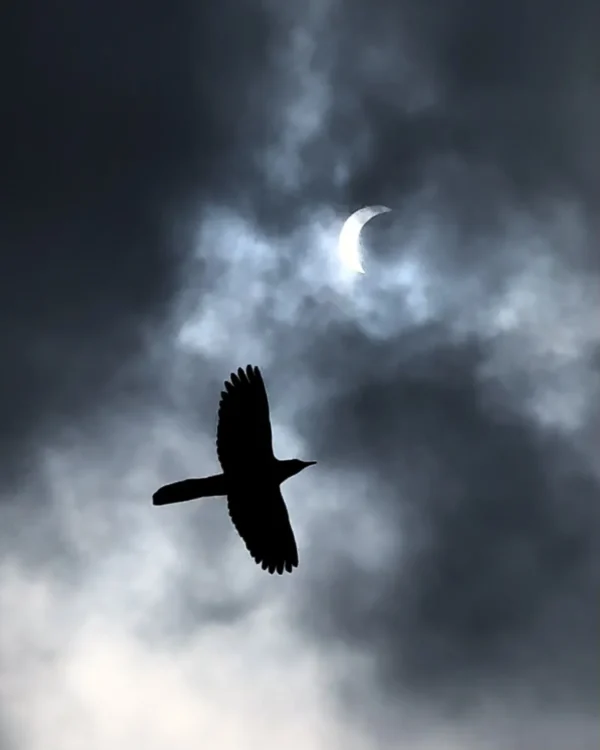
Ironically, the most beautiful images I got of the eclipse — the cloudy totality and the bird above — weren’t really the result of this questing, narrow attention at all: they were just stills from a video I captured by simply letting an old extra iPhone run while pointed at the sun! All that nattering and fussing and distraction, and I could’ve gotten the same images while just enjoying the eclipse and letting video run.
The poets and philosophers are correct: we create our world with the kind of attention we pay to it.
